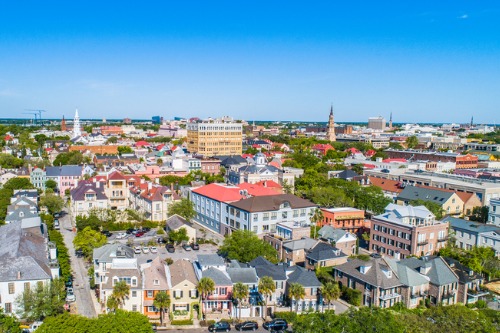The rebound in American housing from the brief collapse of March and April has stunned almost everyone. 2020 certainly started strong for housing, but the pandemic very quickly threw the market off the rails. Whether by the unique circumstances of this year, as buyers spent more and more time at home, or the attraction of a low-rate environment, demand has recovered significantly.
Prajakta Bhide said this is “very, very unusual in a recession and needs to be further examined.” The US Economy strategist at MacroResearchBoard (MRB) Partners said that the centrality of housing to the wider US economy usually means that when housing does well, the whole US economy is doing well.
“When you see this kind of pick up on housing, the natural question is, ‘is there something in the data that’s telling us that the economy’s fundamentally more solid than all the news and other reports are suggesting?,’” Bhide said. “That’s a valid question. Economists often say the housing cycle is the US cycle, so a lot of our clients asked us, ‘you see this housing recovery, and you see housing surprising on the upside. Are we missing something about the broader US economy? Are we in a better place than then?’ The answer to that, in our view, is ‘no’.”
Read more: Why there is housing weakness hiding behind positive jobs numbers
Bhide says the uptick in housing is clearly a positive for the US economy, with positive knock-on effects for other industries. However, the sustainable housing market growth we saw earlier this year, the result of a number of fundamental drivers including increasing home ownership among younger people, has not returned. Gains in home sales have been led largely by the mid and upper price tiers while the more affordable entry-level segment of the housing market has not been doing well. The average size of homes in homebuilders’ reports is rising, Bhide says, whereas in the first two months of the year the average square footage was shrinking.
What this points to, Bhide says, is a market driven by affluent, existing homeowners who have kept their jobs through the pandemic and are able to take advantage of the low-rate environment to upgrade their home or move to the suburbs. Bhide says that this demand won’t disappear in the next three months, however, to have a sustained three or four-year cycle in housing, the market needs more participation from the entry-level, under-35 demographic.
That demographic, Bhide says, largely sat on the sidelines post-2010, carrying scars from the Great Financial Crisis. Just as demand was beginning to pick up in this group, the pandemic came and quashed it. Bhide says that demand hasn’t recovered yet.
Read more: Are you prepared for the end of the refi boom?
MRB Partners isn’t pointing solely to doom and gloom, though. Bhide says the demand from higher-income demographics is certainly positive and should last for the next several months at least. In addition, forbearance policies in the CARES Act have prevented the kind of industry-wrecking foreclosures we saw in 2008 and 2009.
This shifting landscape is not without its opportunities, too. Bhide expects a bounce back in major US cities over a three to four-year time horizon. She said the value of “tier-two cities” like Denver, Atlanta, or Tucson, has been significantly raised by the pandemic as buyers see an opportunity to get more for their money there. Jobs, too, are moving from big cities to suburbs and smaller urban centers.
Nevertheless, with 10 million still unemployed and a logistical nightmare ahead for a vaccine rollout, if and when it comes, Bhide says there could be a rough months ahead for housing, as higher-income demand drops off and entry-level demand stays stagnant.
“If you need to have broader participation in the housing market, you need to see improvement in the labor market,” Bhide says. “To see improvement in the labor market we need to see comprehensive coverage of a vaccine or a therapeutic treatment for COVID-19. That’s looking like it’s going to be a realistic story for mid-2021 or beyond that. If you last through the next three or four months on this pandemic induced homebuying wave, then you could eventually transition to that first time homebuyer driven housing upcycle, but we could have a few months where housing does start to show some shaky numbers.”

